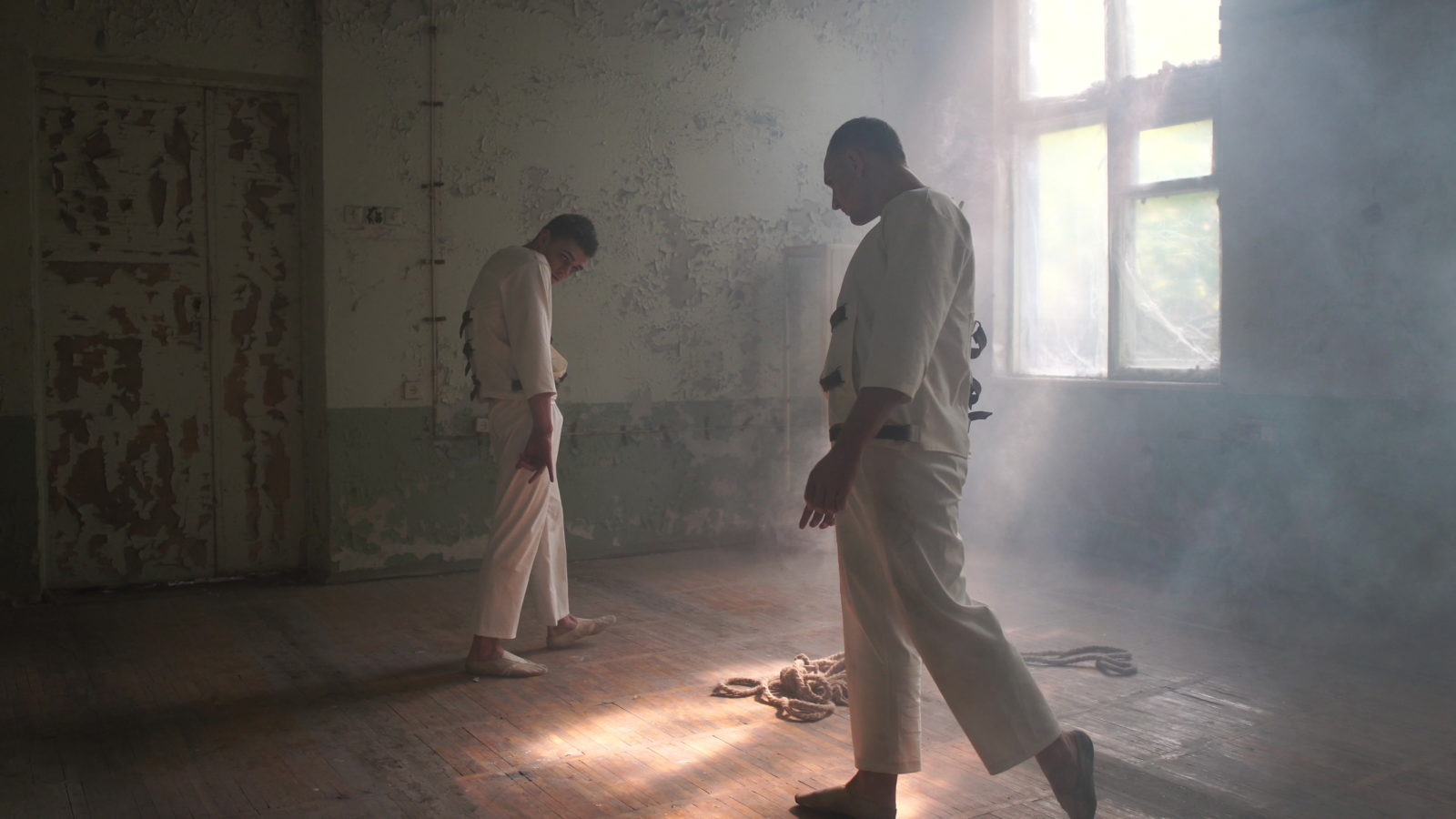Fifty-one years ago I bicycled from Boston to Oregon. I was a Marxist then and looking for evidence of the American empire falling apart, but during the whole ten weeks on the road I didn’t see the one tourist attraction that would have delighted my propagandistic self: homeless encampments. Now every city seems to have them.
In Michigan I took state highway M-21 through the town of Lapeer. I’ve since learned that Lapeer was ground zero for part of the homelessness explosion in a state that now has “Pure Michigan” as its preeminent tourism marketing phrase — but there’s nothing pure about what’s happened within the state (and elsewhere) to mentally ill men and women.
Lapeer in 1972 was the site of one of the largest U.S. institutions for the mentally ill or inadequate, the Lapeer State Home and Training School, founded in 1895. The institution, on 100+ buildings spread over 898 acres, peaked at more than 4,950 inmates in 1945, according to Lapeer’s County Press. (The nearby Flint Journal said the peak was 4,467 in 1956.) But WJRT, the Flint ABC affiliate, produced in 1962 a 19-minute report, “A Wind is Rising,” that seems almost schizophrenic.
The words of the video explicitly supported the State Home. Michigan Gov. John Swainson spoke in Kennedy-esque tones: “It is the responsibility of a democratic society to protect and restore to health those who need protection and restoration. [Yet], we have seen our mental health effort weakened and curtailed because of an inadequate amount of money…. Hundreds of our mentally ill have waited too long…. Every reason to help is here, but we fight reason with marvelous weapons: Apathy, ignorance, lethargy, indifference.”
Viewers heard about the need for more caregivers, more psychiatrists: more, more, more. The black-and-white pictures, though, sent a message of less, less, less. The filmmakers seemed influenced by Alfred Hitchcock’s psychological horror flick, Psycho. They began the video with a shot from behind of a girl in a rocking chair: eerily similar to Hitchcock’s portrayal of Norma Bates. The pictures were worth more than 1,000 words: Casual viewers were likely to react, Ycch. What a horrible place! Let’s shut it down.
That’s exactly what eventually happened. The State Home closed in 1990, with inmates typically released into Michigan’s communities. The idea was that new drugs counteracted mental illness, so the ill should be free to wander and gain help as outpatients. Officials soon demolished the School’s buildings. One feature of the land now is a marsh quack-full of ducks and geese.
Maybe the School deserved to close. A recent article in Entertainment contended, regarding Psycho, that “Norman Bates’s knife was the primal force that cut through the repressive ’50s blandness as potently as Elvis had. Sure, Norman was a maniac serial killer dressed in his mother’s Victorian rags, but when he slashed that knife, he brought down a world of civilized propriety that needed to be brought down.” Out with the old!

Those influenced by movies such as One Flew Over the Cuckoo’s Nest knew for sure that mental institutions were evil — and the practice in Lapeer early in the 20th century provided evidence of that. Laura Fromwiller, co-author of a 2014 book on the State Home, said some people would commit troublesome relatives: “You could really be sent there for pretty much any reason.” Inmates who wanted to get out had a hard time doing so. At one point 15 left amid charges of “false imprisonment.”
But Michigan went from repression to anarchy. Politicians did not respect the saying, “Don’t throw out the baby with the bathwater.” They tossed onto the streets some adults with the self-control of a terrible 2-year-old. The idea that many among the mentally ill would get outpatient help and voluntarily take their meds had a fatal flaw. The mansion of mental illness has hundreds of different rooms and I don’t want to oversimplify, but here’s a question: Why would we expect someone who is mentally ill to act rationally? The typical estimate of mental illness among the homeless is 33 percent: How many of the Michiganders now living in tents, or lighting fires in the abandoned buildings of Flint, Michigan (more about this in future columns), would still be at the State Home if it (or preferably something better) were still open?

